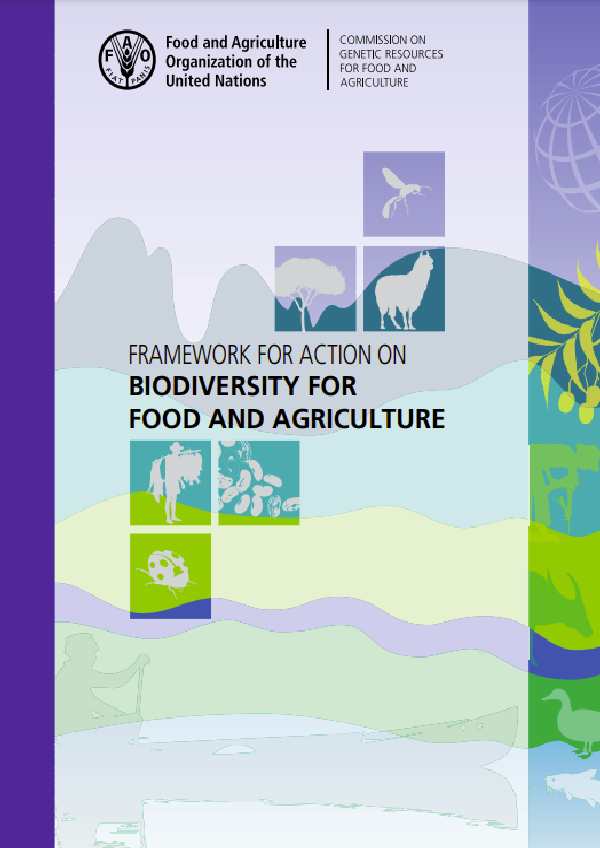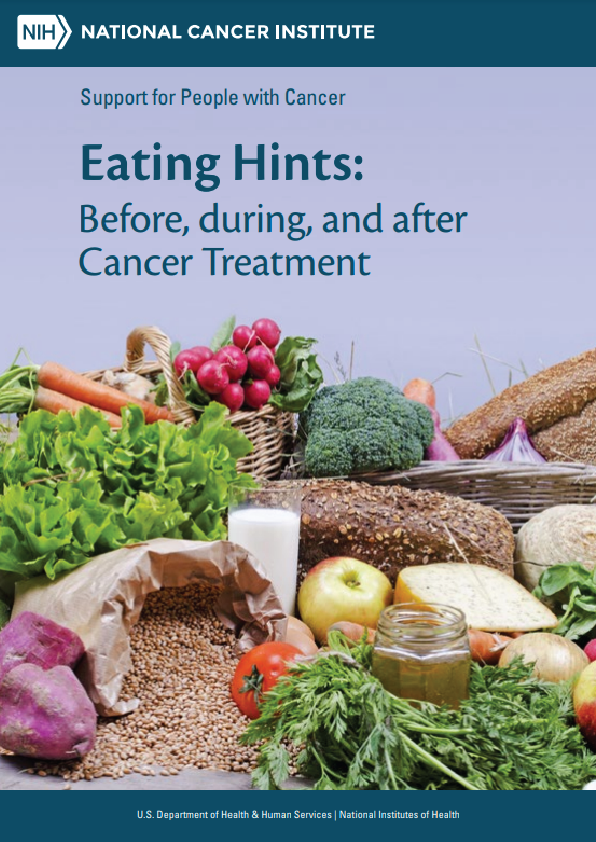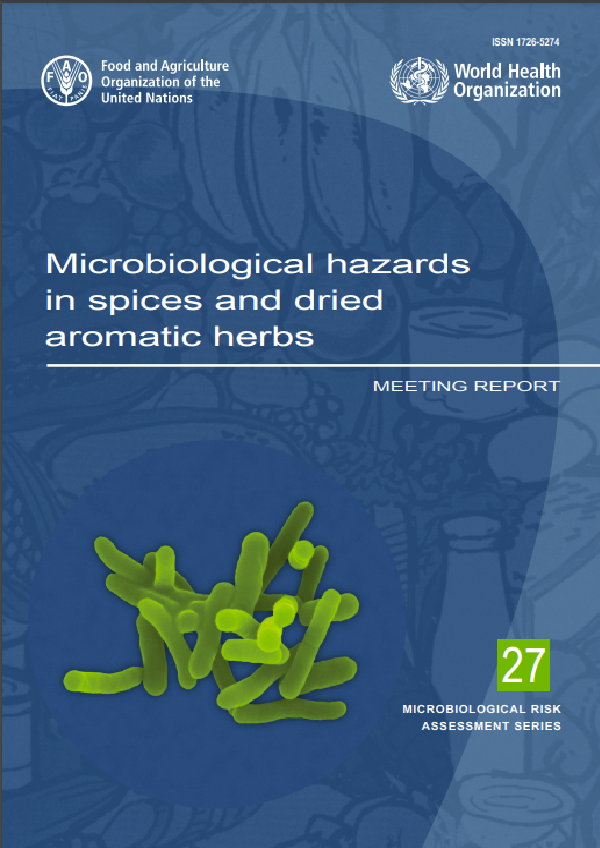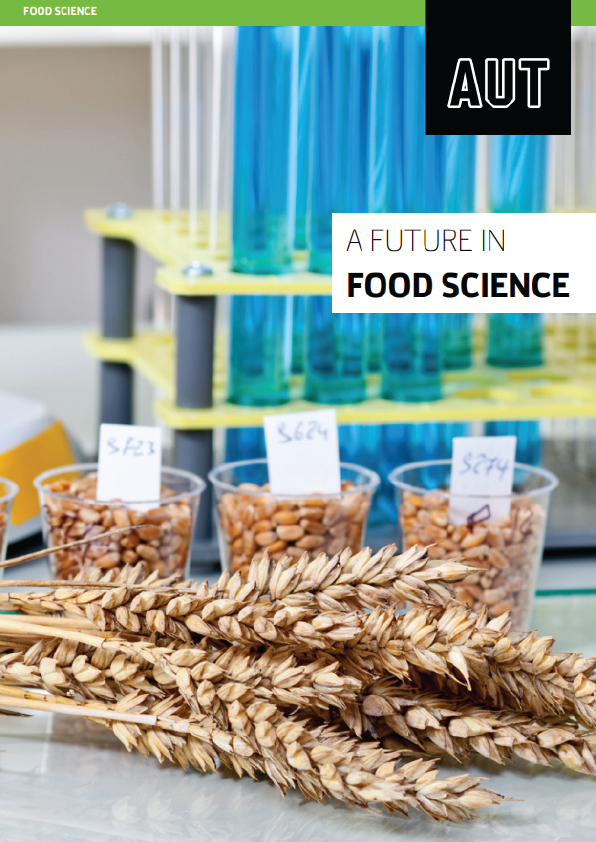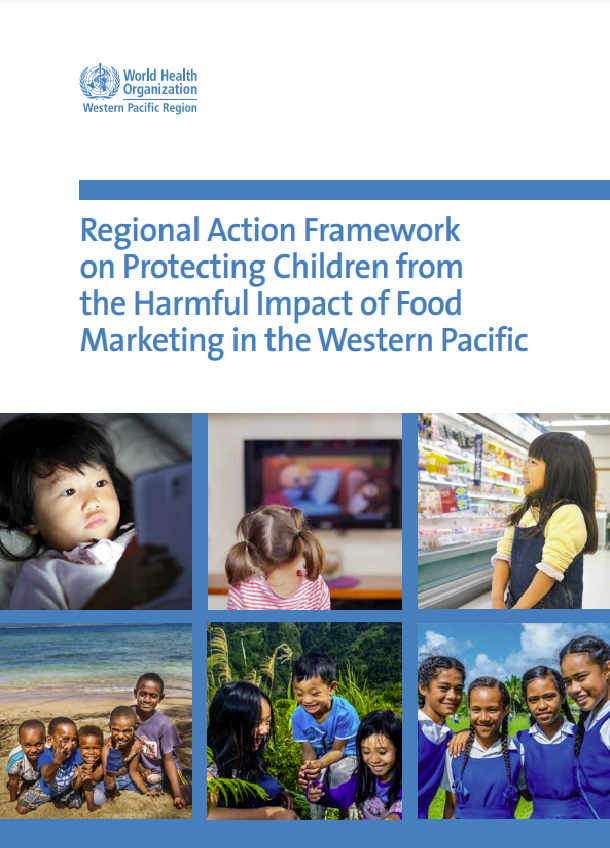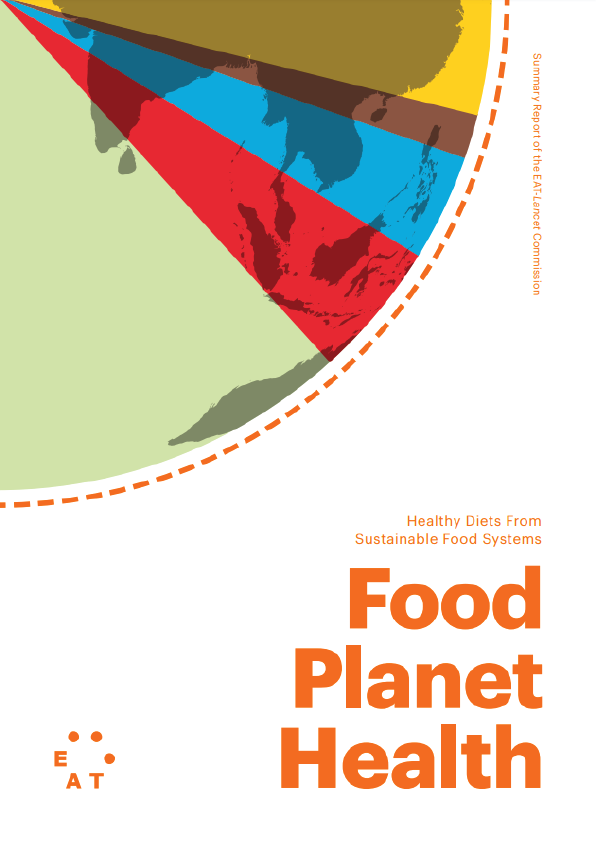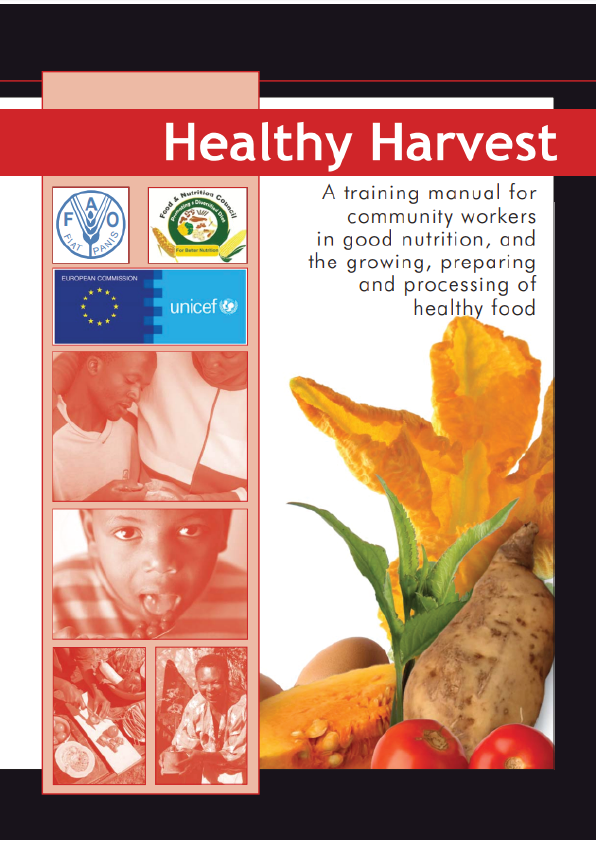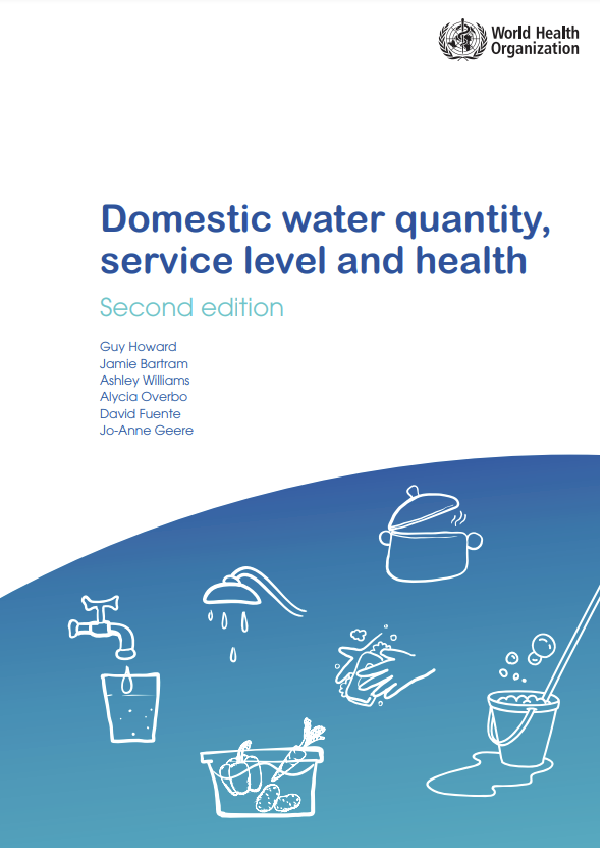Biodiversity for food and agriculture comprises all the components of biodiversity that contribute to crop and livestock production, forestry, fisheries, and aquaculture – both wild and domesticated, and at genetic, species, and ecosystem levels. It is vital to food security and nutrition, livelihoods, and the supply of a range of ecosystem services.
The Framework for Action on Biodiversity for Food and Agriculture was endorsed by the FAO Council in 2021. It contains more than 50 individual actions grouped into three strategic priority areas: characterization, assessment, and monitoring; management (sustainable use and conservation); and institutional frameworks. It was developed in response to the country-driven report on The State of the World’s Biodiversity for Food and Agriculture.
I. Introduction
1. Biodiversity for food and agriculture (BFA) and the ecosystem services it supports are essential to sustainable agrifood systems. It enables production systems and livelihoods to cope with, and evolve under, changing social, economic, and environmental conditions, and is a crucial resource in efforts to ensure food security and nutrition while limiting or reducing negative impacts on the environment and also contributing to environmental protection and restoration and sustainable use.
2. Over recent decades, the importance of biodiversity and ecosystem services to food security and nutrition, rural and coastal livelihoods, human well-being, and sustainable development more generally has gradually acquired greater recognition on international agendas. Global assessments are overseen by the Commission on Genetic Resources for Food and Agriculture (Commission) and have led to the adoption of Global Plans of Action for specific sectors of genetic resources (referred to in this Framework as the “sectoral Global Plans of Action”) (FAO, 1996; 2007a,b; 2010; 2011; 2014a,b; 2015; 2019a). The Sustainable Development Goals (SDGs), adopted by the United Nations in 2015, include a number of targets related to the sustainable use and conservation of biodiversity in the context of food and agriculture. Other global assessments, such as those undertaken by the Intergovernmental Science-Policy Platform on Biodiversity and Ecosystem Services, and reporting by countries on the implementation of their National Biodiversity Strategies and Action Plans in the context of past and present global biodiversity frameworks under the Convention on Biological Diversity (CBD), have increased awareness of biodiversity and its contributions to livelihoods and human well-being.
3. The State of the World’s Biodiversity for Food and Agriculture (FAO, 2019b) was published in February 2019 built on submissions from countries. The needs and possible actions for the sustainable use and conservation of BFA identified in the present Framework are based on the outcomes of regional and global consultations.
4. The Framework for Action on Biodiversity for Food and Agriculture identifies needs and possible actions for BFA, i.e. “the variety and variability of animals, plants and micro-organisms at the genetic, species and ecosystem levels that sustain the ecosystem structures, functions and processes in and around production systems, and that provide food and non-food agricultural products” (FAO, 2019b). “Production systems” are taken to include those in the crop, livestock, forest, fishery, and aquaculture sectors. As per FAO’s definition, agriculture is inclusive of forestry, fisheries, and aquaculture. The concepts used in this Framework are described, in detail, in Annex 1.
Rationale
5. BFA, i.e. the biodiversity that in one way or another contributes to agriculture and food production, is indispensable to food security, nutrition and health, sustainable development and the supply of many vital ecosystem services. Many countries have taken action to sustainably use and conserve, through various strategies, a range of plant, animal, forest and aquatic genetic resources. The Commission has provided, and continues to provide, guidance on the sustainable use and conservation of components of BFA through various, mainly sector-specific, instruments and decisions, including the sectoral Global Plans of Action. FAO monitors the implementation of these instruments and reports back to the Commission on the status of their implementation and the status of the respective sectors of genetic resources for food and agriculture (GRFA). However, guidance on the management of components of BFA not covered by the sectoral Global Plans of Action has so far been limited. There is a need to manage the various components of BFA in a more systematic and integrated way and go beyond sector-specific strategies. Reversing the ongoing loss of BFA, ensuring its conservation and improving its sustainable use require holistic and cross-sectoral approaches that include actions at genetic, species and ecosystem levels. Such approaches must consider that agricultural production systems also produce ecosystem services that are relevant to, and can be positive for, enhancing our environments and well-being.
